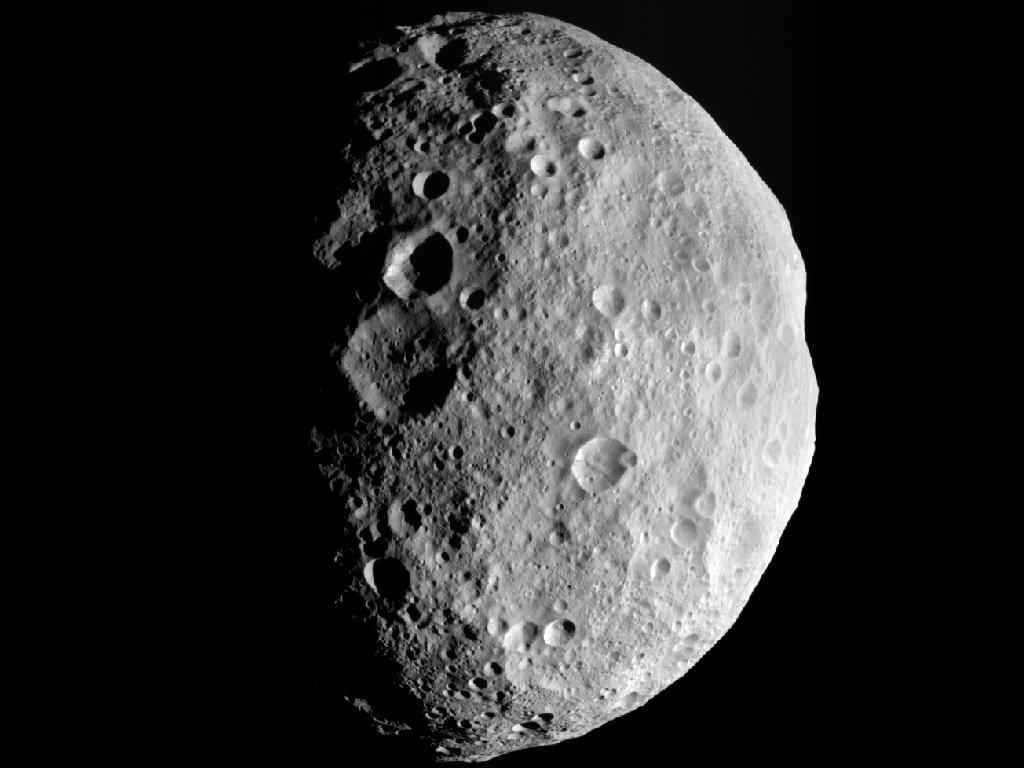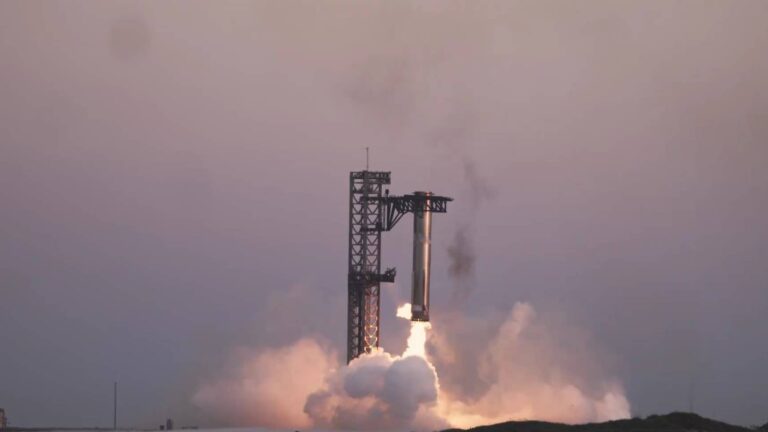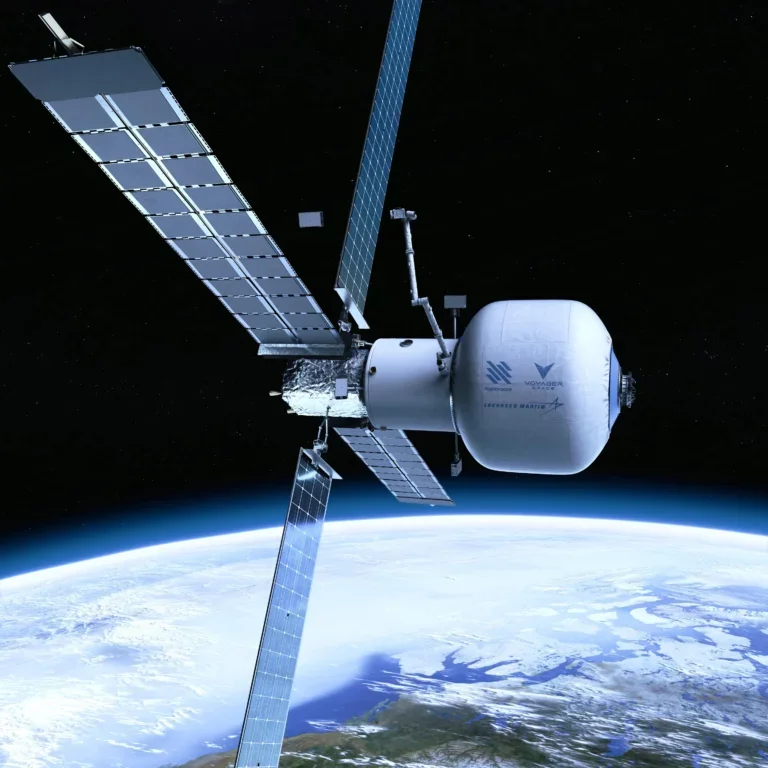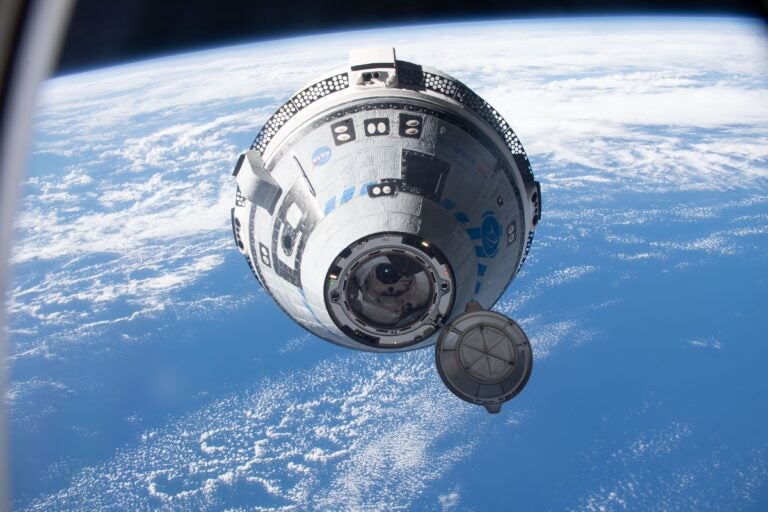Dawn departed from Vesta at about 11:26 p.m. PDT September 4 (2:26 a.m. EDT September 5). Communications from the spacecraft via NASA’s Deep Space Network confirmed the departure and that the spacecraft is now traveling toward Ceres.
“As we respectfully say goodbye to Vesta and reflect on the amazing discoveries over the past year, we eagerly look forward to the next phase of our adventure at Ceres, where even more exciting discoveries await,” said Robert Mase, Dawn project manager, based at NASA’s Jet Propulsion Laboratory, Pasadena, California.
LaunchedSeptember 27, 2007, Dawn slipped into orbit around Vesta on July 15, 2011 PDT (July 16 EDT). Over the past year, Dawn has comprehensively mapped this previously uncharted world, revealing an exotic and diverse planetary building block. The findings are helping scientists unlock some of the secrets of how the solar system, including Earth, formed.
Dawn spiraled away from Vesta as gently as it arrived. It is expected to pull into its next port of call, Ceres, in early 2015.
See Astronomy.com’s complete coverage of Dawn at Vesta:
- NASA’s Dawn ready for trek toward dwarf planet
- Dawn mission video shows Vesta’s coat of many colors
- NASA’s Dawn mission reveals secrets of large asteroid
- Dawn sees surface features on giant asteroid
- Vesta likely cold and dark enough for ice
- Dawn spacecraft offers first look at giant asteroid’s chemistry
- New Dawn visuals show Vesta’s “color palette”
- Dawn at Vesta: massive mountains, rough surface, and old-young dichotomy in hemispheres










